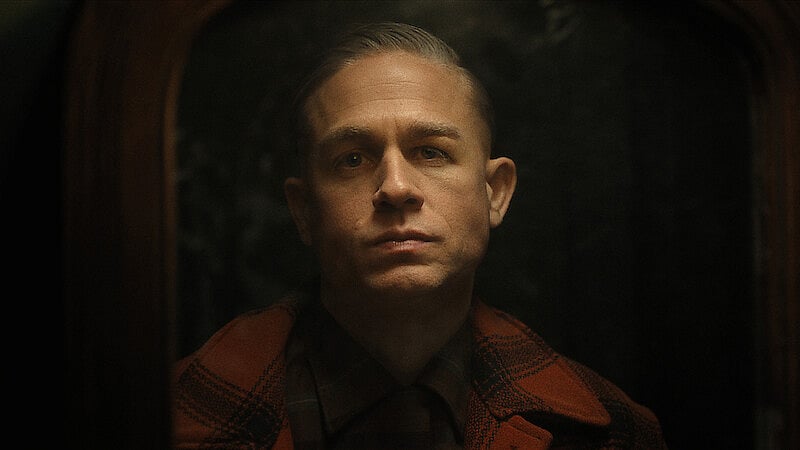Who was Ed Gein? Netflix’s Monster explores the farmer who became America's most horrific killer
The details of his crimes would inspire some of the most famous horror films in history

To the outside world in 1950s rural Wisconsin, Ed Gein seemed like an unassuming, isolated farmer. But behind the closed doors of his Plainfield farmhouse lay a horror so extreme it would inspire some of Hollywood’s most infamous films.
Gein, later dubbed the Butcher of Plainfield, admitted to killing two women and exhuming corpses from local graves. His secret unraveled in 1957 after the disappearance of Bernice Worden, a local hardware store owner. When authorities arrived at Gein’s property, they discovered Worden’s mutilated body—and a collection of human remains that included furniture, masks, and even clothing fashioned from skin.
The story now takes centre stage in Netflix’s Monster: The Ed Gein Story, produced by Ryan Murphy, the same mind behind true-crime retellings of Jeffrey Dahmer and the Menendez brothers. While the series dramatises some events, the shocking reality of Gein’s crimes remains chilling.
Who was Ed Gein?
Born on August 27, 1906, Ed Gein grew up on a secluded Plainfield farm with his parents, George and Augusta, and his brother, Henry. His upbringing was strict and religious—Gein later said his mother punished him for trying to make friends. After the deaths of his father in 1940 and brother Henry in 1944, Gein became caretaker to his mother, who died after a second stroke in 1945.
While the Netflix series suggests Henry was murdered by Ed, investigators found no evidence of foul play, and Gein never admitted involvement. Gein’s obsession with his mother would later play a twisted role in his crimes, fueling both his fascination with female anatomy and his gruesome attempts to 'become more like her' through his macabre trophies.
The crimes that shocked a nation
Gein’s criminal activity came to light after Bernice Worden vanished in 1957. Investigators traced a receipt from her hardware store to Gein, along with traces of blood, leading them to his farm. There, they found Worden’s body hanging in a shed—decapitated and mutilated.
Inside the farmhouse, authorities discovered a scene straight out of a nightmare: human skulls, a lampshade made from skin, masks crafted from female faces, and even a corset made from a woman’s torso. Among the remains were the body of Mary Hogan, a tavern owner missing for three years, and parts Gein admitted came from at least nine graves he had robbed.
Gein later told investigators that his acts were driven by his obsession with his mother and a desire to physically transform himself by wearing human skin.
The gruesome details of Gein’s crimes would later inspire some of the most notorious horror films in history, including Psycho, The Texas Chain Saw Massacre, and The Silence of the Lambs. His story blurred the line between real-life terror and cinematic fright, leaving an indelible mark on pop culture.
Gein was first arrested and charged with Worden’s murder in 1957. He pleaded not guilty by reason of insanity and was initially deemed unfit for trial. In a 1968 trial, he was found guilty of murder, but a follow-up proceeding ultimately declared him not guilty by reason of insanity. He was never tried for Hogan’s murder or the grave robberies he confessed to.
Ed Gein spent the remainder of his life in psychiatric institutions and died in 1984 at age 77 from respiratory failure linked to lung cancer at the Mendota Mental Health Institute in Wisconsin.
Network Links
GN StoreDownload our app
© Al Nisr Publishing LLC 2025. All rights reserved.